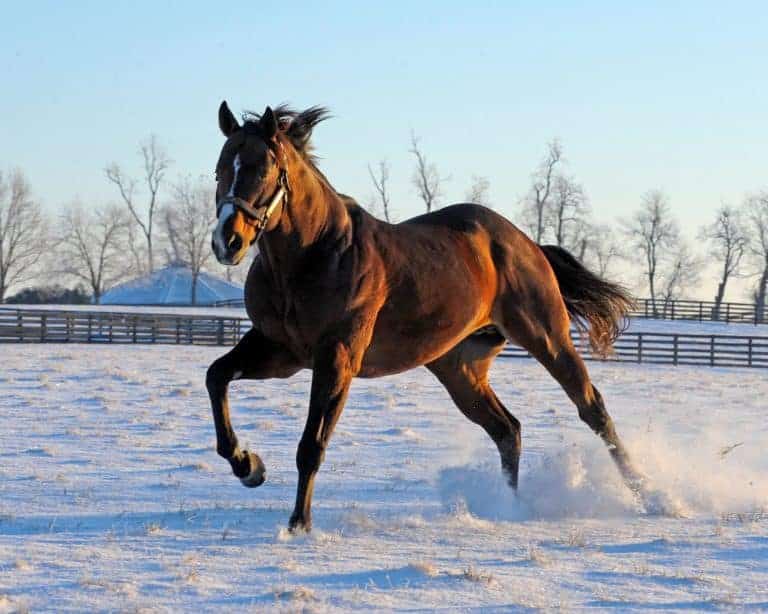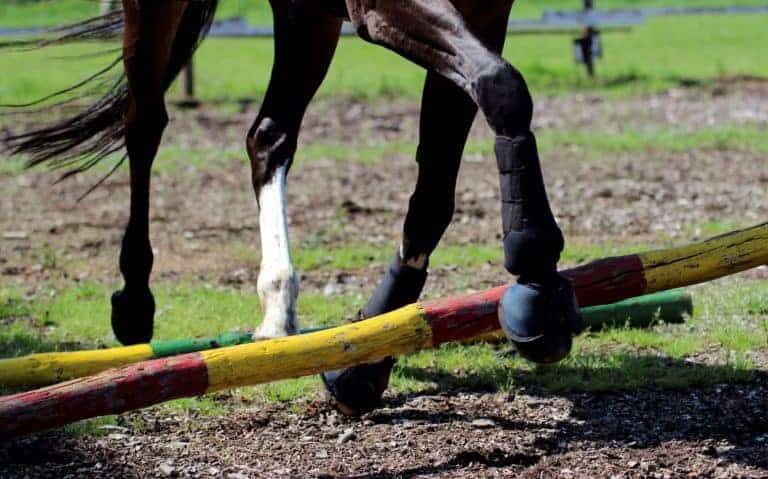St. Bernard Parish Horses Rescued
A report from Louisiana State University Veterinary School this morning stated that about 40 horses were rescued out of St. Bernard Parish in Louisiana yesterday, and about 10 the day before. They are sending five tucks with large trailer












